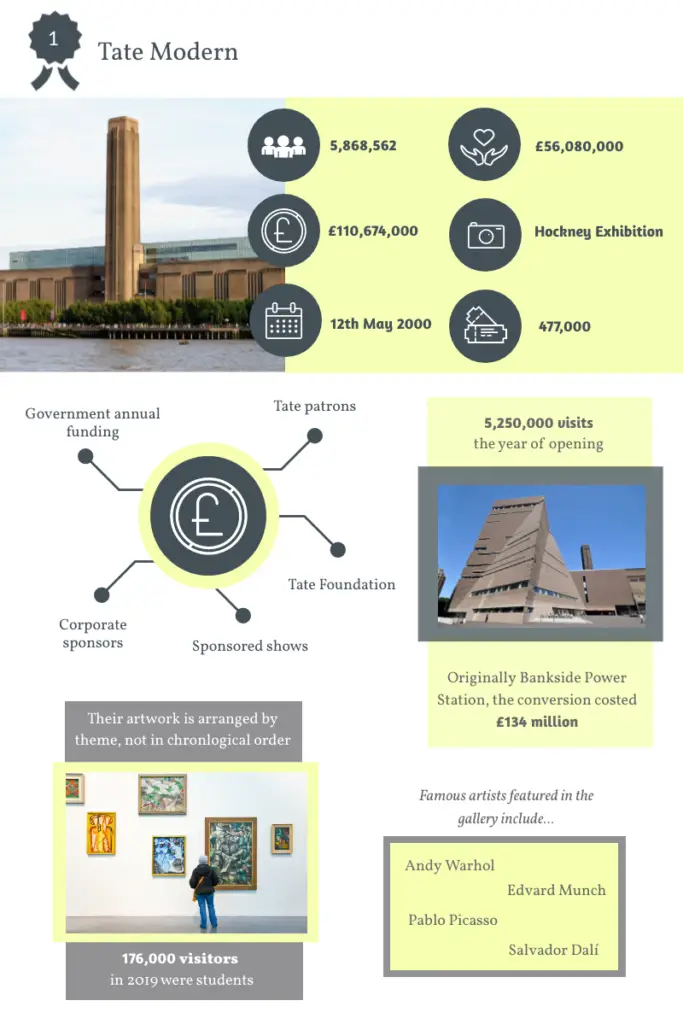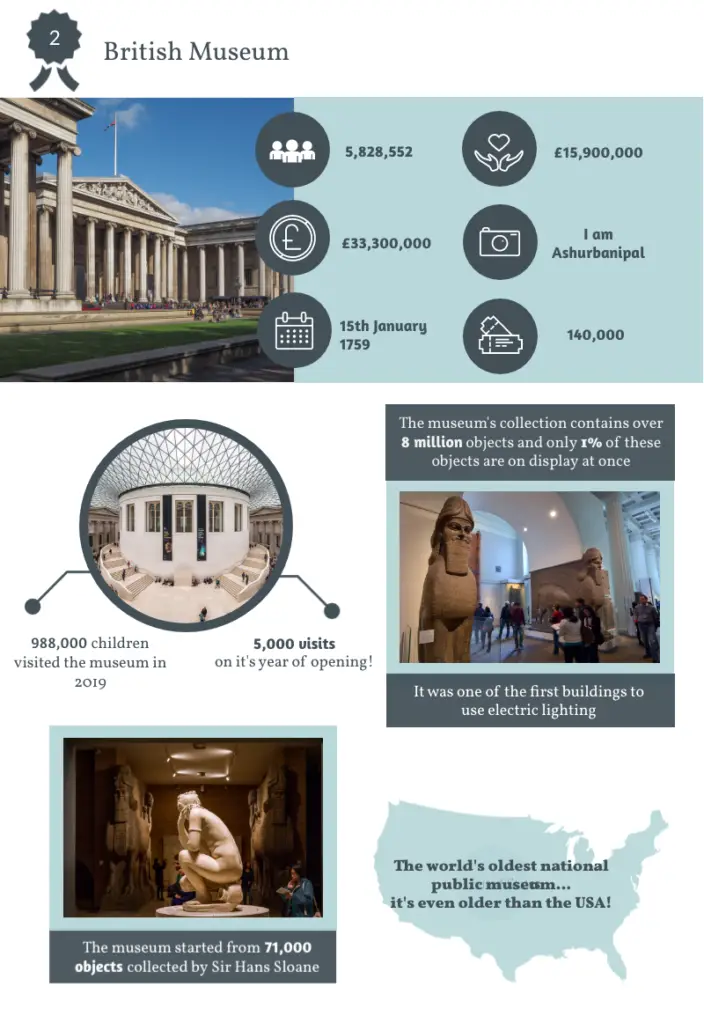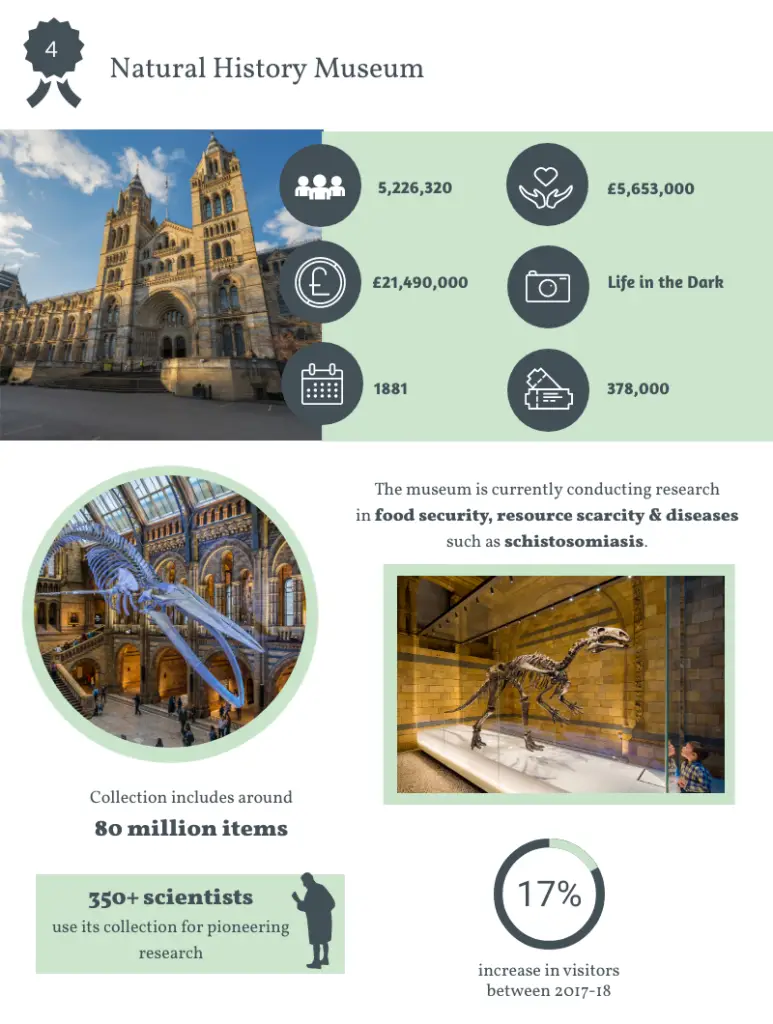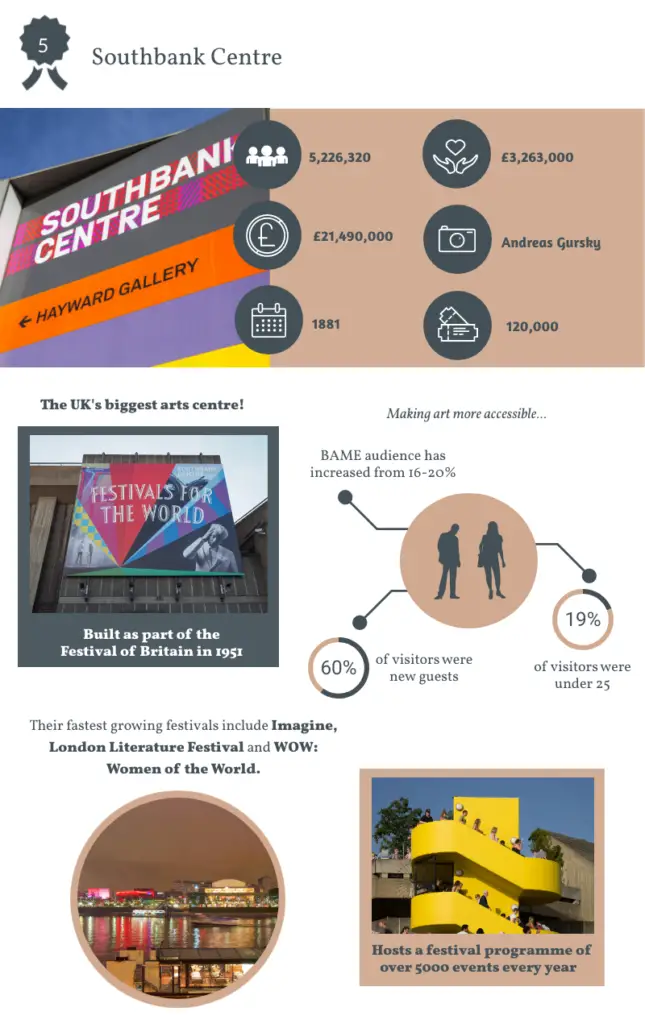People might speculate that public interest in the arts and our cultural heritage is on the decline, however, visiting numbers to the UK’s most popular cultural destinations are on the rise; the Tate Modern had nearly 9 million visitors in the past year alone.
Our cultural destinations in the UK are very important because they keep people engaged with the arts whilst public funding in this area is decreasing. Through their popular exhibitions and innovative contributions to the arts industry, these UK cultural destinations are essential in keeping our cultural heritage alive. Many of the UK’s most popular cultural destinations also act as important education and research centres.

Many of the UK’s cultural heritage sites are known by many across the world. So, what’s so interesting about these cultural institutions and why are they so special? The team at Saxton Blades have brought you all the answers. Whether you’re a resident of the UK or are simply interested in the country’s cultural heritage, these are the most popular cultural destinations that you shouldn’t miss out on when you visit the UK and why:
Tate Modern

This modern art gallery is one that everyone should visit if they ever come to London. Entry to the Tate Modern is free, and you’ll have the chance to see work by famous artists such as Andy Warhol, Pablo Picasso, Salvador Dali and many more.
The Tate Modern was the first art gallery to display their paintings thematically instead of in chronological order. This means the gallery is frequently changed around and it’s hard to guarantee a specific painting will be there when you visit. This keeps people interested and encourages return visitors.
The building itself has a fascinating past, as the Tate Modern was originally a power station that closed down in 1981. For many years, the power station was going to be knocked down however after people campaigned against its closure, it was decided the building would become the home to the Tate Modern.
The building was converted into an art gallery on January 2000, a conversion that cost £134 million. Today, the Tate Modern is one of the most popular art galleries in the world and was the most visited building in the UK last year.
British Museum

The British Museum is an iconic building that’s even older than the USA! From the time it first opened on 15 January 1759, the museum was free to all “studious and curious persons.” It was also one of the first buildings to use electric lighting.
The museum was founded in 1753 when after his death, Sir Hans Sloane left the 71,000 items he had collected over his lifetime to the nation. One of the locations considered for the museum was Buckingham House, which was later rebuilt as Buckingham Palace.
The museum’s collection contains over 8 million objects and only 1% of these are on display at one given time. Today, it’s still free to visit and was the 2nd most visited building in the UK last year. It’s hugely popular with people of all ages; last year the British Museum had 988,000 child visitors.
National Gallery

The National Gallery houses over 2,300 paintings dating from the mid-13th century to 1900. What’s so special about this gallery is their commitment to making art accessible to everyone. From the date it opened, admission to the gallery has been free and the gallery also aims to be 50% self-funding by 2022/23.
The growth of this gallery from when it first opened is particularly impressive. When the gallery first opened, it was not a very organised establishment as the staff body was very small. However, over time, visitor numbers have grown from 5,000 in the year the gallery opened (1759) to nearly 6 million today.
The National Gallery has been the backdrop to some iconic moments in history. During the suffragette movement, a suffragette called Mary Richardson smuggled a meat cleaver into the Gallery and used it to slash the Rokeby Venus by Diego Valesquez. In late August 1939 during the 2nd world war, the National Galery was at the centre of a city expecting bombing to soon hit. To protect them from the Blitz, the majority of the paintings were moved to Wales.
Natural History Museum

The Natural History Museum first opened in 1881 and today is home to over 80 million items across the five main collections, botany, entomology, mineralogy, palaeontology and zoology. Arguably the most famous exhibit in the Natural History Museum is a 105-foot (32 m)-long replica of a Diplodocus Carnegii skeleton nicknamed “Dippy.” The pieces of the dinosaur replica had to be sent to London in 36 crates and on 12 May 1905, the exhibit was unveiled to great public and media interest. Other replicas of the dinosaur skeleton were made for display in most major European capitals and also in Latin and South America – making Dippy the most-viewed dinosaur skeleton in the world.
The Natural History Museum also gives back to the science industry through research; behind the scenes, over 300 scientists work at the Natural History Museum and they publish over 700 scientific papers a year with international collaborators. The museum is currently working on research in important areas such as food security, resource scarcity and diseases such as schistosomiasis.
Southbank Centre

The London Southbank Centre was built as a part of the Festival of Britain in 1951 and has since become an iconic cultural destination and was the 5th most visited building in the UK in 2019. It is also Europe’s largest centre for the arts.
The Southbank Centre’s contribution to the arts industry in the UK is huge; they host a range of exhibitions and an impressive festival programme of over 5000 events every year. Their fastest-growing festivals include the London Literature Festival and WOW: Women of the World.
The Southbank Centre is also invaluable because of their efforts to make the arts more accessible to people of all background and age groups through their exhibitions and events. 60% of their visitors in the past year were new to the arts centre and their BAME audience increased from 16 to 20%.
